Historians over the centuries have reached a general agreement that St. Patrick was born around 385 A.D., was taken captive in 401 A.D. and returned to his native country in 407 A.D. He came to Ireland in 432 A.D., converted the pagan nation to Christianity and presided over the Church until his death, for which two dates are given in the early records—March 17, 461 and 492. On various grounds, the later date no longer finds acceptance. One significant fact substantiates the former: the High King Loiguire, who died in 462, is said to have outlived Patrick. A second factor favoring this date appears with the date 467 A.D. when Patrick’s successor Bishop Benignus is listed as presiding in Armagh. Setting the Saint’s death around 461 A.D. places his Apostolic work, the evangelization of a pagan nation, within a thirty-year period. 23Patrick was the son of a Roman official Calpurnius of Gaul (France); some historians refer to the location as Roman Britannia (Modern Britain). His father held the position of Roman Decurion, a kind of district commissioner, a burdensome position but one that came with social dignity and Patrick speaks of “the nobility of his birth” and of his father’s “manservants and womanservants” employed at his residence and farm.
His grandfather Potitus was a Catholic priest. Calpurnius exercised his office in a town called Bannavem Taberniae “not far from the Irish sea”, according to Patrick. The seaside location, so enjoyed by his family, unfortunately became an easy target for Irish pirates in their swift skin-covered boats, raiding the coastland and frequently swooping down on the teenage population along the coast and hauling them off to slave markets in Ireland—which, of course, is exactly what happened to Patrick at age 15-16. High King Niall of the Nine Hostages being among some of the most notorious of the Irish pirates and slave traders invading Britain and Gaul during the decline of the Roman Empire. Slavery to Milcho, ruler of a small territory of the Irish Picts (northern Scots) in Antrim at the east of Loch Neagh meant that Patrick’s occupation as a slave was the herding of flocks of cattle and sheep on the mountains or in the forests tending the herds of swine.
Recalling those traumatic days, so vivid even in old age, Patrick writes: “After I came to Ireland, I was pasturing flocks every day, and often in the daytime I used to pray; more and more the love of God was growing, and the fear of Him and faith was increasing and the spirit was stirring so that in a single day I would pray as often as a hundred times, and nearly as often in the night, even while I stayed in the woods or on the mountain. And before the daylight I used to be roused to prayer, through snow, through frost, through rain and I felt no harm and there was no weariness in me—such as I now see—(old age) because then the spirit was glowing warm within.” 24Six years passed in this state of slave labor and then one night in his sleep Patrick heard a voice: “Well do you fast; you are soon to go to your native land.” And again, sometime later, he is told: “Behold, your ship is ready.” With that he left his post and traveled two hundred miles to a place on the coast where he had never been before. “God guided me, and I had no fear,” he recalls. At the journey’s end he rested and was refreshed in a poor man’s hut, after which he approached the ship docked at the water’s edge. Upon telling the sailors that ‘he had to sail with them’ he was bluntly refused, most likely they recognized the fact that he was someone’s runaway slave, and so Patrick turned and walked back to the poor hut, praying as he did so, only to be called for a few moments later by the sailors, who invited him on board with them. The ship was conveying a cargo of Irish hounds, valued for hunting and also for display/combat in the Roman amphitheaters, so upon landing on the west coast of France, after a three-day journey, they left ship and traveled over land to a Roman city where they expected to market the hounds. Instead of finding good trading conditions, they encountered the results of the German Vandal Invasion of 406 which lay waste to Gallia with utter devastation, death and destruction at large. Patrick and his companions found themselves without food or inhabitants, so much so that the captain remarked, “It looks as if we may never see the faces of men again.”
Fearing death from the invaders should they choose to return to their ship, the hungry group pressed on in hopes of finding some Roman city, all the while the hounds were beginning to fall by the wayside from hunger. In desperate straits, the captain said to Patrick, “What is it, Christian? Thou sayest that your God is great and almighty. Why then canst thou not pray for us, for we are in danger of dying from hunger?” Patrick then asked them to “be truly converted from their whole heart to God to whom nothing is impossible, that he might send them food. ”Apparently they obeyed him, for he relates,“and with the help of God, it so came to pass” as a herd of swine met them on the road and very soon provided enough food for themselves and their hounds. After refreshing themselves with this welcome meal, the weary travelers rested in the area for a few days, rendering thanks to God and to Patrick, who was now highly regarded among them and, in addition, the food supply never failed again. However, it was not long before a band of invaders caught up with them and took them prisoners. At this point Patrick received an inner locution to the effect that this captivity would last for two months and it turned out exactly as predicted. Once liberated, Patrick and his group proceeded another fourteen days, most likely returning to the ship, but always supplied with sufficient food, fire and shelter to finish the journey. 25 Patrick’s narrative ends here and we may assume a good ending to the perilous travel and expect that a happy Patrick was now safely on his way home. One can only imagine that joyful family reunion at Bannavem Tiberniae by the sea as twenty-two year old Patrick is reunited with his family, following his slavery and second captivity.
Never did home fires mean so much! It is indeed understandable that his relatives, filled with joy and gratitude at his safe return, should seek to persuade him “to remain with them now and to never leave them again.” Patrick, while enjoying his home and loved ones again and distraught over his family’s suffering on his behalf, now finds himself in a different place from where he was six years previous, when taken from them into slavery. He relates that while he was at home, his heart was being touched anew with what he calls, TheCall of the Irish, asking for his return to them: “I beheld in a vision of the night, a man named Victoricus coming as it were from Ireland with letters innumerable. And he gave me one of them and I read the beginning of the letter, which contained: The Voice of the Irish; and while I was reading out the beginning of the letter I thought that at that very moment I heard the voice of those who lived beside the Wood of Foclut, which is near the Western Sea. And as with one voice they thus cried aloud: “We beseech thee, O holy youth, to come and walk once more amongst us.” And I felt quite broken in heart and could read no more. And so I awoke. Thanks be to God, that after many years the Lord granted to them according to their earnest cry.”26 This significant vision which left him“broken in heart” was followed by many years of prayer, study and seminary training under the great spiritual masters on the Continent. Patrick would later recall how, “I had the fear of God as the guide of my travel through Gaul and Italy and the islands of the Tyrrhene Sea.” This period included some time spent in a monastic setting on the island of Lerins, one of the Mediterranean islands off the French Riviera—a fact which gives rise to the idea that Patrick was first prepared as a monk; however, following his priestly ordination, he chose missionary work as his apostolate. After some diocesan assignments in Britain and Gaul, Patrick was consecrated bishop. The year was 432 A.D., and after his Episcopal consecration he was assigned to Ireland. In his own words, he claims, “I did not proceed to Ireland of my own accord until I was nearly consumed.” In this statement, he refers to a great period of suffering, previously endured at the ecclesial level, due to the betrayal of a dear friend/confidant, who, acting out of human respect and his own personal needs, revealed confidential conscience matter previously shared, thus causing his dear friend to be rejected from the episcopacy at that particular time. So acute was that pain of betrayal that Patrick could recall it at length when writing his “Confession” at the end of his life. He also suffered the prejudice and jealousy of other clerical companions who, recalling his years of slavery, derided him as a “swineherd,” and “slaveling,” and therefore, in their opinion, unworthy of episcopal ordination. “From God I have received that which I am… a bishop in Ireland by God’s appointment.” 27So like his Master, Patrick on many occasions realized the words, “They persecuted Me, they will persecute you also.” (John 15:20) Upon arrival in Co. Wicklow, Ireland, Patrick, like his predecessor before him, was refused entry by hostile Pagan chieftains; undaunted, he proceeded north toward Ulster, the seat of his captivity, spending some time on the Island Halm-Patrick near Skerries in Dublin Bay and finally Patrick landed in County Down and there began his life work of converting the Pagan Irish to Christianity. Patrick’s first convert was Dicho, the lord of the district, who at first appeared hostile to the new Apostle, but was soon struck by his majesty and holy appearance, invited him into his household and like the story of Zaccheus, the whole family was baptized and remained loyal friends of Patrick and the new faith. Patrick’s next attempt was to proceed to Antrim to convert his former slave master, Milcho, but sadly, the slave master thought it unbecoming to submit to his former slave, so, refusing to meet him, he locked himself and all his treasures in his house and set the place on fire. As he continued to encounter various and often dangerous forms of hostility to his Christian way of life, Patrick began to realize the magnitude of his task—to evangelize a pagan nation– and like the Saints before him, undertook a serious program of prayer and personal sacrifices to intercede before God for the conversion of Ireland. It is said that he would often sleep on the floor and“sing 100 psalms at night to adore the King of Angels.” In due course, many converts and disciples began to follow him. Among the most illustrious of his initial disciples were Mocha, who became a great preacher of the Gospel and Benignus both of whom he eventually ordained as priests and later as bishops. Benignus became his daily companion on his conversion journeys around Ireland and because of his gentleness and affectionate disposition, the other disciples called him ‘Benignus’ or Benign. He was truly the ‘beloved disciple’ of Patrick and eventually became his successor in the See of Armagh.Having arrived in Ireland in the Fall of 432, Patrick spent the winter working in the region of Co. Down near some of his new converts and the Dicho family. With the coming of Spring, the Holy Spirit is moving him to advance to the greatest event of his mission. Patrick decides to storm paganism in its center and stronghold, on the royal plains of Tara. In his Life of St. Patrick, Dean Kinane of Cashel describes this momentus occasion as follows: St. Patrick entered his frail bark and sailing southward, arrived at the mouth of the river Boyne in Co. Meath where he and his companions landed and proceeded on foot for the plains of Tara, to celebrate the great feast of Easter. On Easter Eve, Patrick arrived at nearby Slane and in preparation for the morning feast, lit the Paschal fire a little before nightfall. It happened that at the same time King Leaghaire, his princes, priests and druids were celebrating at Tara a religious festival, of which fire-worship formed a part. One of the standing laws of this festival was that fires should be extinguished in every hearth of Erin, and death was the penalty for the one who “kindled his fire before that of Tara was seen shining in the stillness of the dark night.” The King was enraged upon observing the sacred fire on Slane and when his Druids advised him that if the fire was not put out it would extinguish all their fires and bring about the downfall of his kingdom. Armed, he set out for Slane to slay the offenders, instructing his chieftains neither to stand up nor to salute Patrick. Warned not to approach the fire, he summoned the violater.
Patrick approached the infuriated King singing, “Some trust in chariots, and some in horses, but we call upon the name of the Lord, our God.” Immediately one of the men, Here, son of Dego, stood up and saluted Patrick and received his blessing, believed in Christ, confessed the Catholic faith, was baptized and later went on to become the first bishop of Slane, renowned for his sanctity. Patrick’s holiness was severly tested by the King’s magicians and druids, all to no avail as he triumphed over their pagan practices, quoting the psalms aloud and overcoming evil with good. The deceptive King even tried to have him killed by inviting him to his court at Tara on Easter Day and placing armed men between Slane and Tara to assassinate him and his companions. It is believed that God may have cast a garment of invisibility around them as they arrived unharmed at Tara, while the armed men lying in wait, claimed to have seen only some deer passing the roads. 28 It was while on his ‘dangerous’ journey from Slane to Tara that Patrick composed his beautiful hymn which has come to be known as St. Patrick’s Breastplate, for protection of soul and body against all enemies, human and demonic.
By Sister Mary Carmel, CCVI.


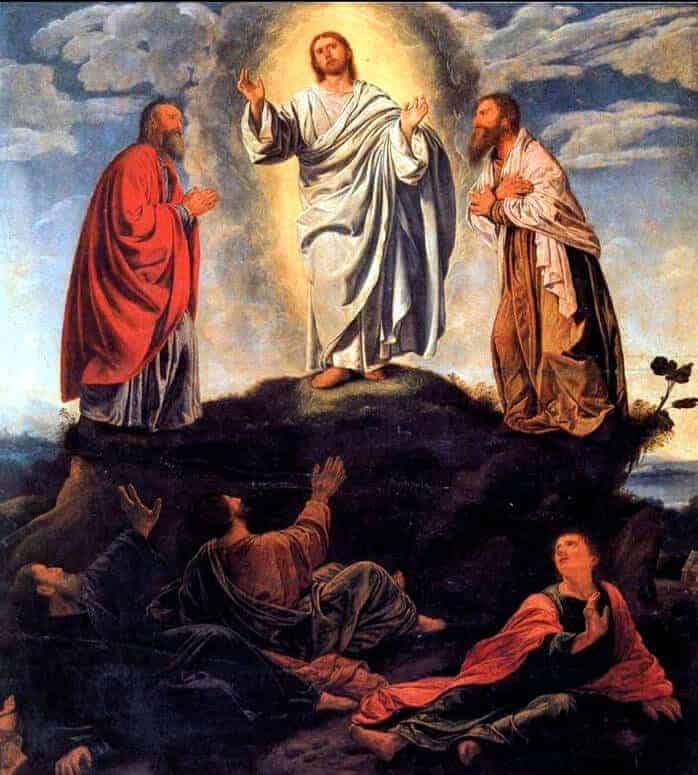
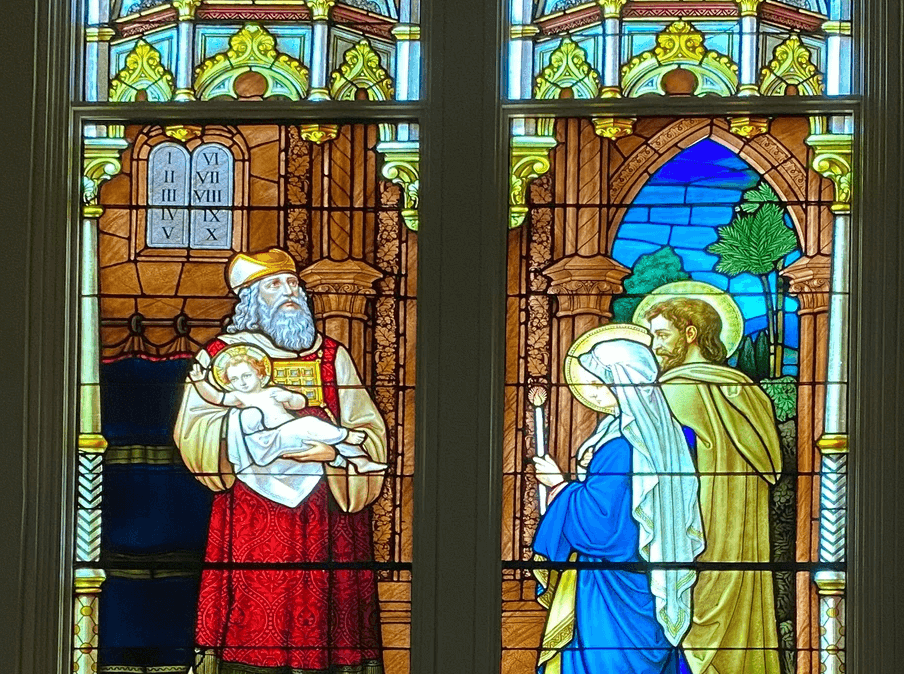
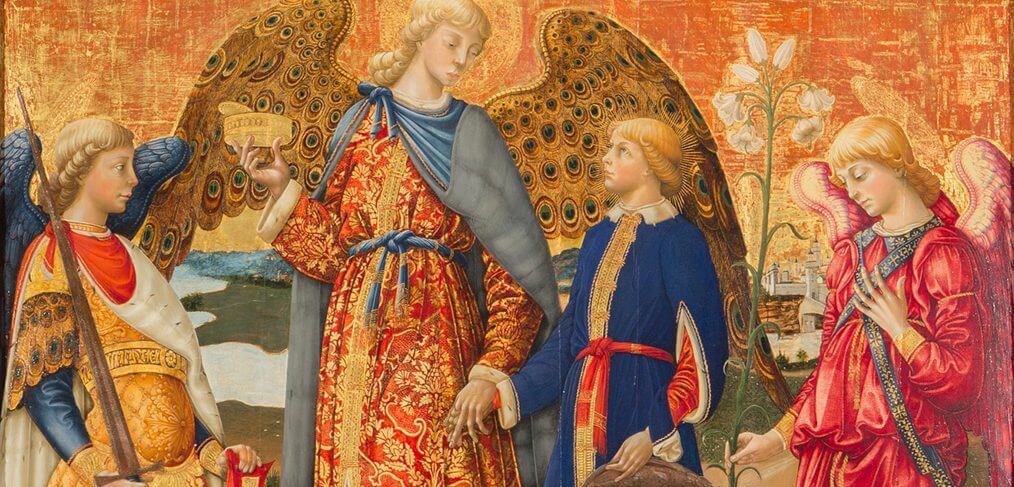
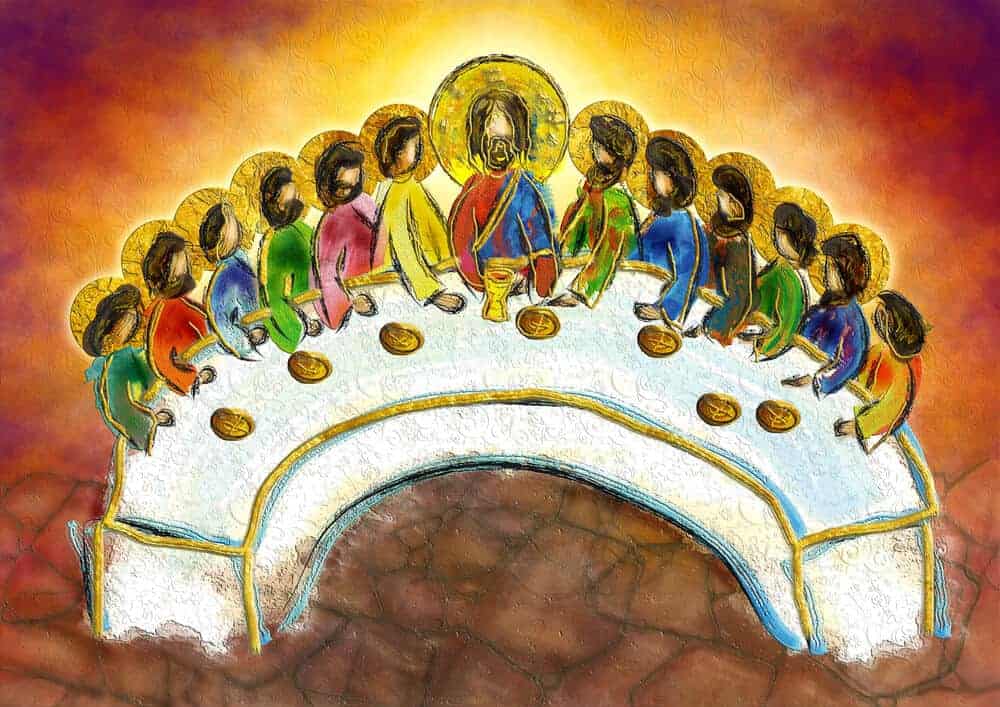

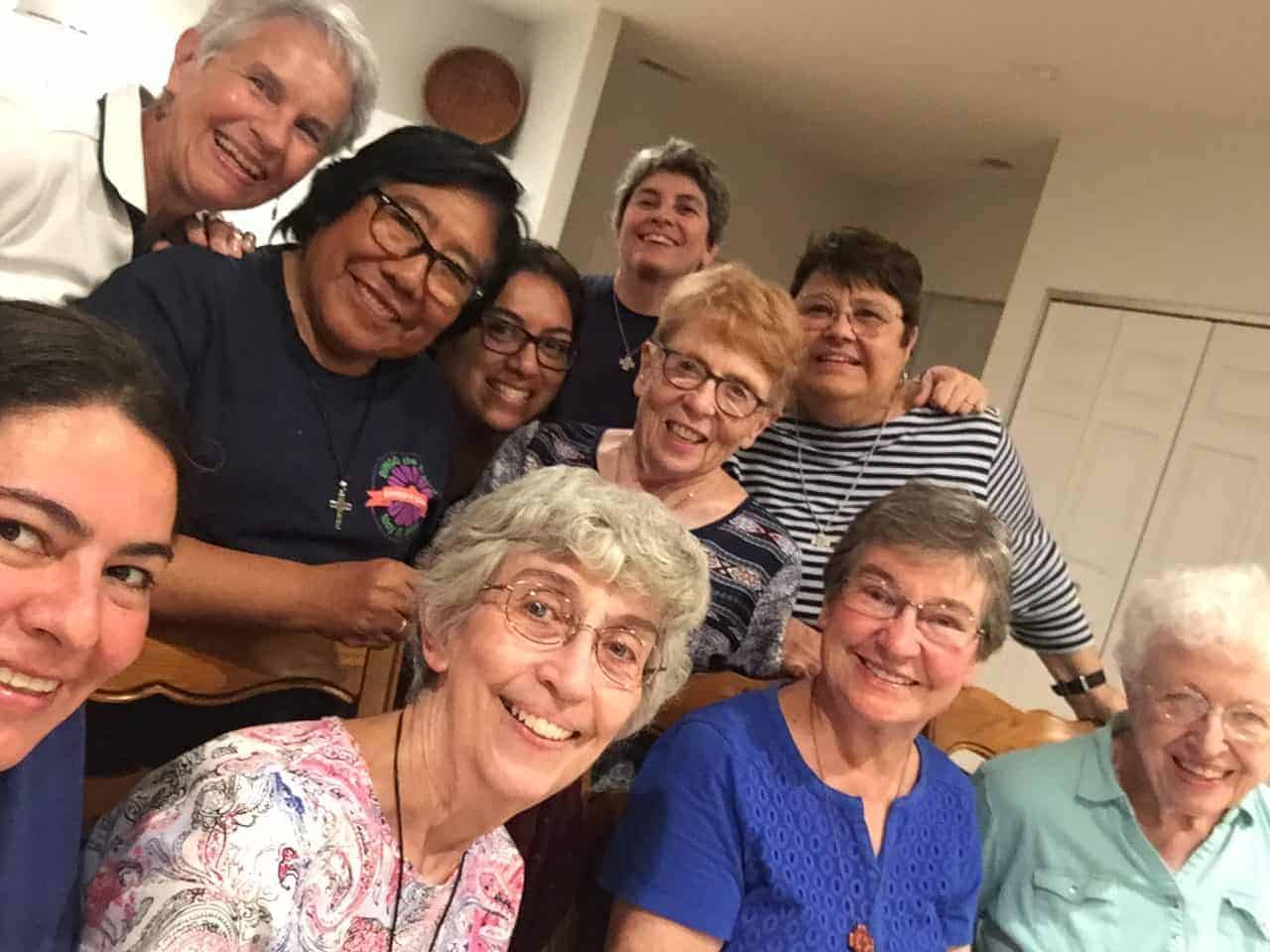

0 Comments